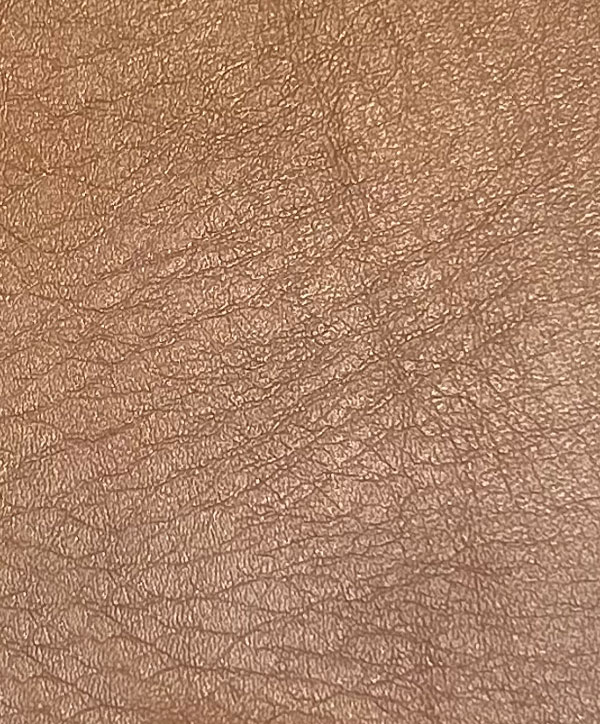In recent years, synthetic leather has rapidly emerged due to its environmental protection, economy and multi-functional characteristics, becoming an important material in many fields such as the fashion industry, furniture industry and automobile industry. As consumers become more concerned about sustainability, synthetic leather is gaining traction in the market.
Synthetic leather, also known as artificial leather or synthetic leather, is mainly made of materials such as polyurethane (PU) or polyvinyl chloride (PVC). Compared with traditional animal leather, synthetic leather not only reduces the killing of animals during the production process, but also reduces the burden on the environment. The production process of this material is also constantly innovating, and many brands are beginning to adopt water-based coatings and solvent-free processes, which significantly reduce the emission of volatile organic compounds (VOCs).

Synthetic leather has a wide range of applications. In the fashion industry, many well-known brands have launched clothing and accessories based on synthetic leather, attracting a large number of environmentally conscious consumers. This material not only looks stylish, but also has the advantages of being waterproof, wear-resistant and easy to clean, meeting the needs of modern life.
Synthetic leather is also very popular in furniture design. The diversification of modern home styles and consumers' pursuit of comfort and practicality have made synthetic leather the preferred material for furniture such as sofas, chairs, and mattresses. Not only does it offer a high-end look, it's also durable enough to withstand the wear and tear of daily use.
The automotive industry is also actively exploring the application of synthetic leather, and many car manufacturers have used it as an interior material to replace traditional leather. The lightweight and easy maintenance of synthetic leather allows the car interior to maintain a luxurious feel while also reducing the weight of the vehicle, thus improving fuel efficiency and environmental performance.
As technology advances, the quality and performance of synthetic leather continues to improve. Many companies have invested in research and development and are committed to developing new synthetic leather products that are more breathable, soft and environmentally friendly. In addition, the application of 3D printing technology also makes personalized customization possible. Consumers can choose different colors, textures and patterns according to their own preferences, further promoting the market demand for synthetic leather.
However, the development of synthetic leather also faces challenges. Although it is more environmentally friendly than traditional leather, the production process of synthetic materials can still have an impact on the environment in some cases. Therefore, there is an urgent need within the industry to promote greener production processes and material recycling mechanisms to achieve sustainable development goals.
As a choice in the new era, synthetic leather shows broad development prospects. It not only provides consumers with more choices, but also contributes to protecting the environment and promoting sustainable development. In the future, the market for synthetic leather will continue to expand, its application fields will become more diversified, and it will become an indispensable part of modern life.

 ENGLISH
ENGLISH  Türk
Türk عربى
عربى русский
русский












